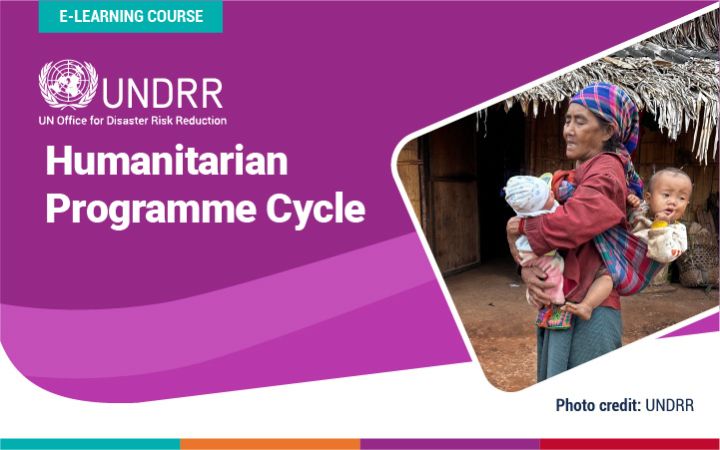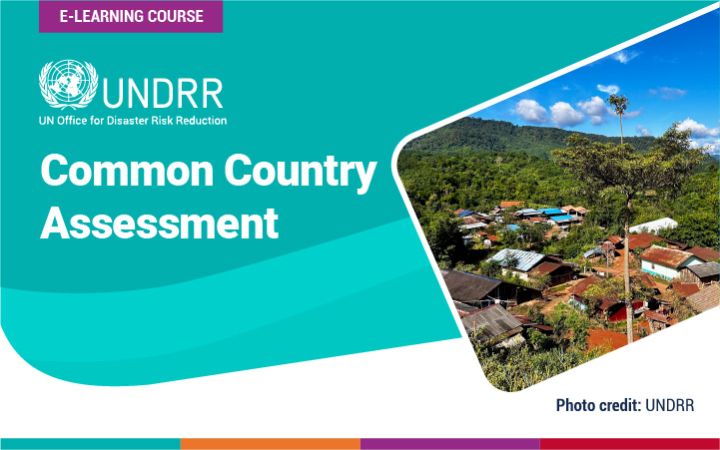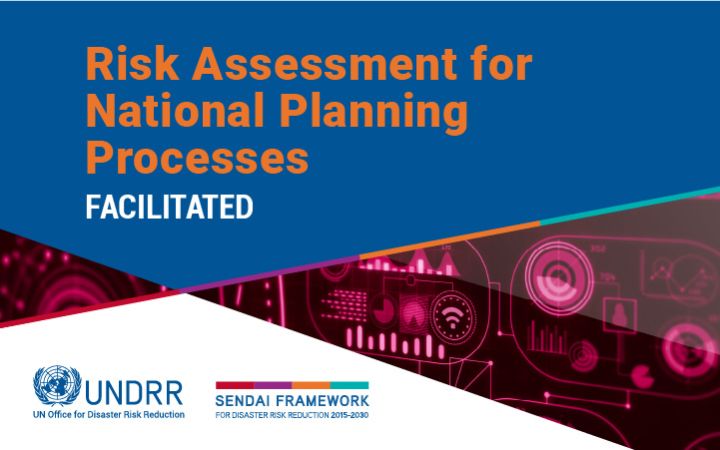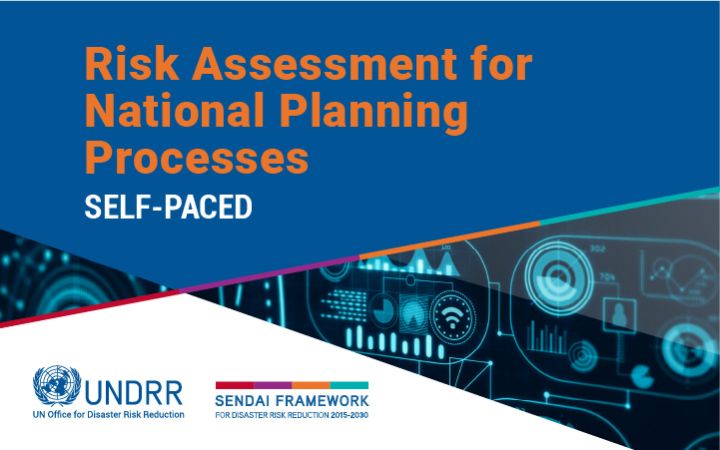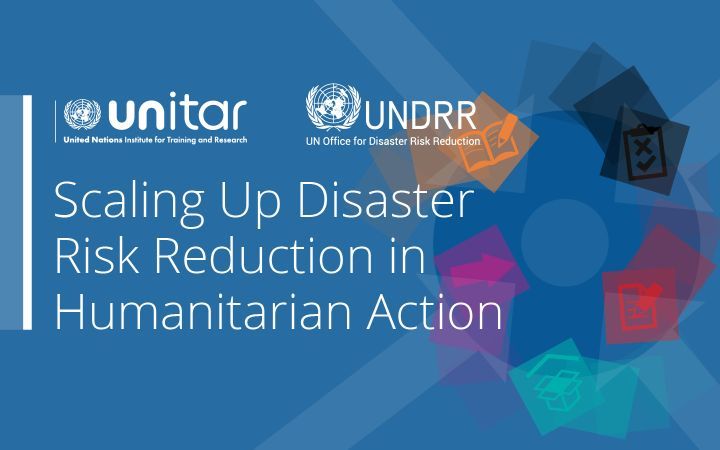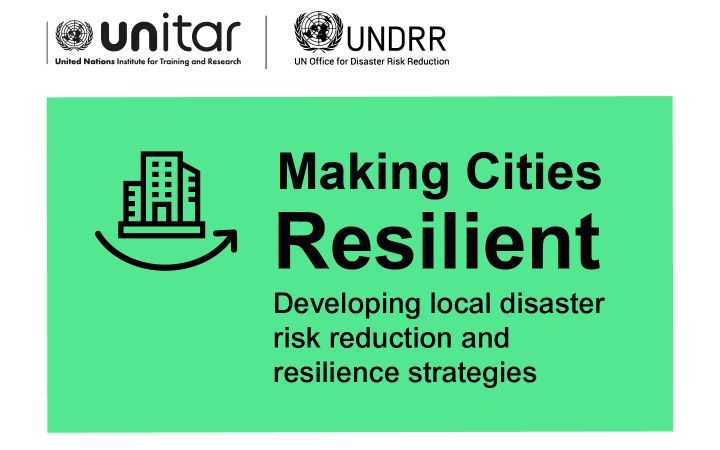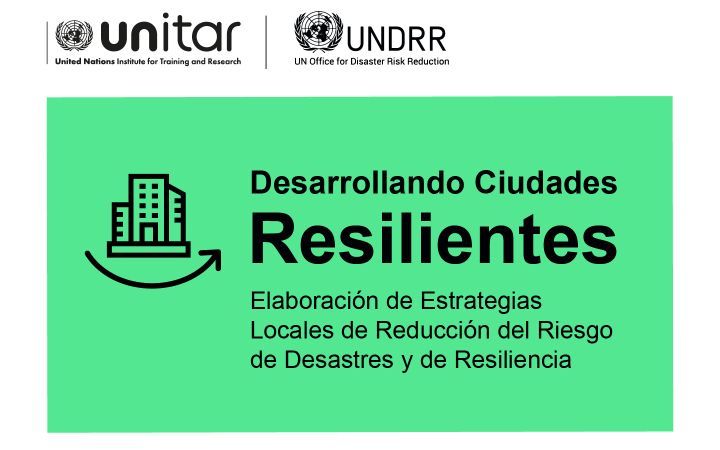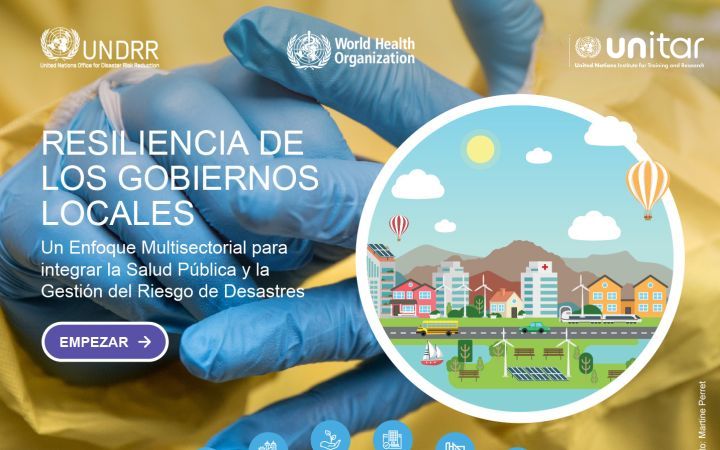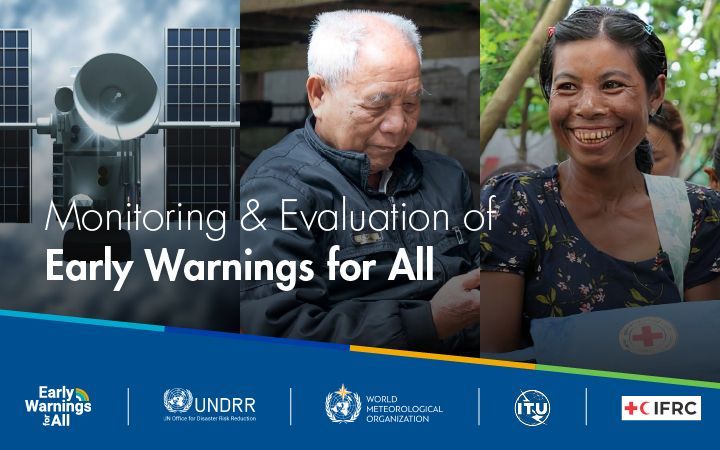Disasters affect the well-being and safety of people, communities and countries, as a whole. Globally, the most common hazardous events are road accidents, natural disasters, and industrial injuries. Approximately 190 million people are directly affected annually by emergencies due to natural and technological hazards, with over 77 000 deaths. An estimated 235 million people required humanitarian assistance in 2021 due to conflict, disasters, and overlapping crises (UNDRR, 2025). Between 2000 and 2019, extreme heat was responsible for nearly 489,000 deaths annually, with over 61,000 excess deaths recorded in the summer of 2022 alone. From 2015 to 2024, the world faced an escalating number of multi-hazard events, including zoonotic disease outbreaks, which now account for over 70% of emerging infectious threats, driven by environmental degradation and climate change (UNDRR, 2025).
All communities are at risk of emergencies and disasters, including those associated with natural disasters, infectious disease outbreaks, conflicts, technological and other hazards. Particularly in the context of increased urbanization and climate change, frequency, severity and impact of disasters are crucial. The health, economic, political and societal consequences of these events can be devastating for developed and developing countries. The Sendai Framework for Disaster Risk Reduction 2015-2030 and the Sustainable Development Goals (SDGs) recommend scaling up the implementation of holistic disaster risk reduction (DRR) policies and plans, as means to improve resilience to disasters globally (SDG 11.B). Reducing the impact of disasters is a top priority.
Areas of Work
Risk Analysis
Risk analysis aims to understand risk drivers and develop actionable strategies. Methodologies analyze potential hazards and evaluate existing conditions of exposure and vulnerability. Risk analysis informs action plans to protect people, property, services, livelihoods, and the environments they depend on.
Local Disaster Risk Reduction
Local disaster risk reduction focuses on developing disaster risk reduction (DRR) strategies and plans to link national strategies, local implementation, and community engagement. Local disaster risk reduction fosters ownership of proactive risk reduction measures, empowering communities and local governments to build long-term resilience.
Monitoring and Evaluation
Monitoring and evaluation are essential for assessing the effectiveness of early warning systems. Monitoring and evaluation frameworks are used to track and assess hazardous events, losses, and damages. Strengthening early warning systems strategies improves prevention and increases understanding of the impacts and multidimensional hazards from disasters.
Risk Analysis
Words into Action: National Disaster Risk Assessment-Toolkit for National Practitioners
Mode of Delivery: E-learning
Course Completion: 2.5 Hours
Course Format: Self-paced
Course Registration: Words into Action: National Disaster Risk Assessment - Toolkit for National Practitioners | UNITAR
Words into Action (2026 Course opens 1 January 2026): Words into Action: National Disaster Risk Assessment - Toolkit for National Practitioners 2026 | UNITAR
Humanitarian Programme Cycle
Course Completion: 3 Hours
Course Format: Self-paced
Learn More and Register: Humanitarian Programme Cycle | UNITAR
Common Country Assessment
Course Completion: 3 Hours
Course Format: Self-paced
Learn More and Register: Common Country Assessment | UNITAR
Risk Assessment for National Planning Processes
Course Completion: 1 Hour
Course Format: Facilitated
Learn More and Register: Risk ssessment for National Planning Processes (Facilitated) | UNITAR
Risk Assessment for National Planning Processes
Course Completion: 24 Hours
Course format: Self-paced
Learn More and Register:Risk Assessment for National Planning Processes (Self-Paced) | UNITAR
Checklist for Scaling Up Disaster Risk Reduction in Humanitarian Action
Course Completion: 1 Month
Course Format: Self-paced
Learn More and Register: Checklist on Scaling Up Disaster Risk Reduction in Humanitarian Action | UNITAR
Checklist for Scaling Up Disaster Risk Reduction in Humanitarian Action (2026 Course opens 1 January 2026): Checklist on Scaling Up Disaster Risk Reduction in Humanitarian Action | UNITAR
Local Disaster Risk Reduction
Developing Local Disaster Risk Reduction Strategies through the tools of Making Cities Resilient 2030
Course Completion: 3 hours per lesson
Course Format: Self-paced
Learn More and Register: Making Cities Resilient: Developing Local Disaster Risk Reduction and Resilience Strategies | UNITAR
Desarrollo de Estrategias Locales de Reducción del Riesgo de Desastres mediante las herramientas de Ciudades Resilientes 2030
Course Completion: 3 hours per lesson
Course Format: Self-paced
Learn More and Register: Desarrollando Ciudades Resilientes: Elaboración de Estrategias Locales de Reducción del Riesgo de Desastres y de Resiliencia | UNITAR
Resilience of Local Governments: A Multi-sectoral Approach to Integrate Public Health and Disaster Risk Management
Course Completion: 3 hours per lesson
Course Format: Self-paced
Learn More and Register: Resilience of Local Governments: A multi-sectoral approach to integrate public health and disaster risk management | UNITAR
Resilience of Local Governments: A multi-sectoral approach to integrate public health and disaster risk management (2026 Course opens 1 January 2026) : Resilience of Local Governments: A multi-sectoral approach to integrate public health and disaster risk management-2026 | UNITAR
Resiliencia de Los Gobiernos Locales: Un Enfoque Multisectorial para integrar la Salud Publica y la Gestion del Riesgo de Desastres
Course Completion: 3 hours per lesson
Course Format: Self-paced
Learn More and Register: Resiliencia de los gobiernos locales: Un enfoque multisectorial para integrar la salud pública y la gestión del riesgo de desastres | UNITAR
Resiliencia de los gobiernos locales: Un enfoque multisectorial para integrar la salud publica y la gestion del riesgo de desastres (2026 Course opens 1 January 2026) : Resiliencia de los gobiernos locales: Un enfoque multisectorial para integrar la salud pública y la gestión del riesgo de desastres | UNITAR
Monitoring and Evaluation
Monitoring and Evaluation of Early Warnings for All
Course Completion: 1 Hour
Course Format: E-learning
Learn More and Register: Monitoring & Evaluation of Early Warning for All | UNITAR
Monitoring and Evaluation of Early Warnings for All (2026 Course opens 1 January 2026)-Monitoring & Evaluation of Early Warning for All-2026 | UNITAR




